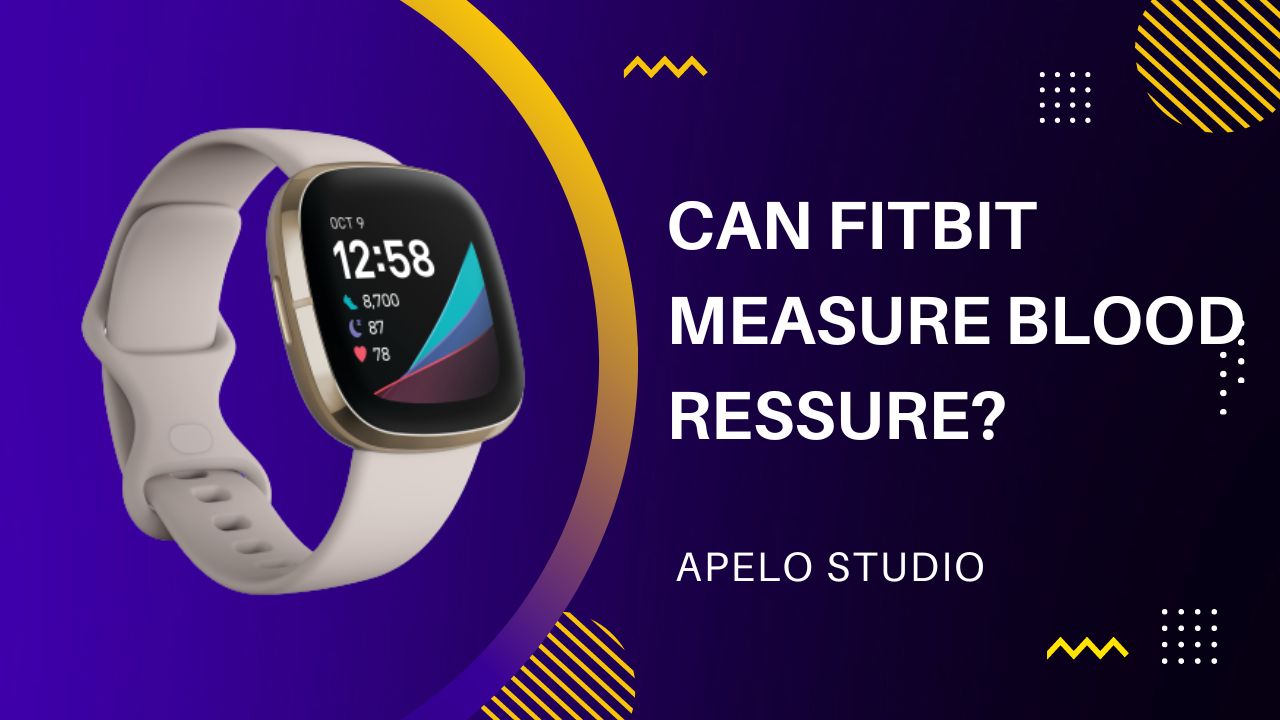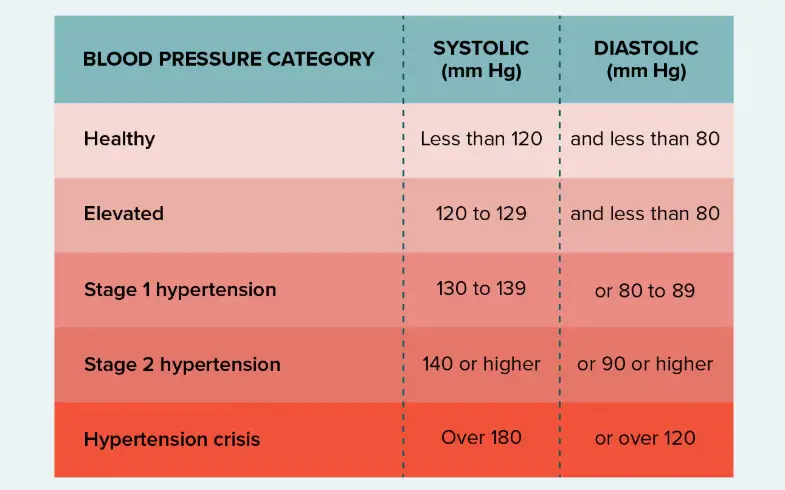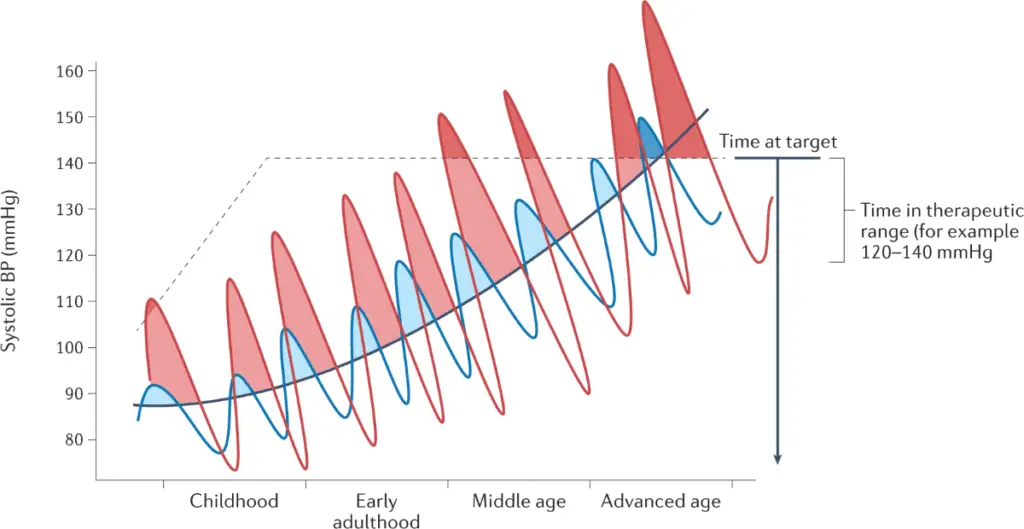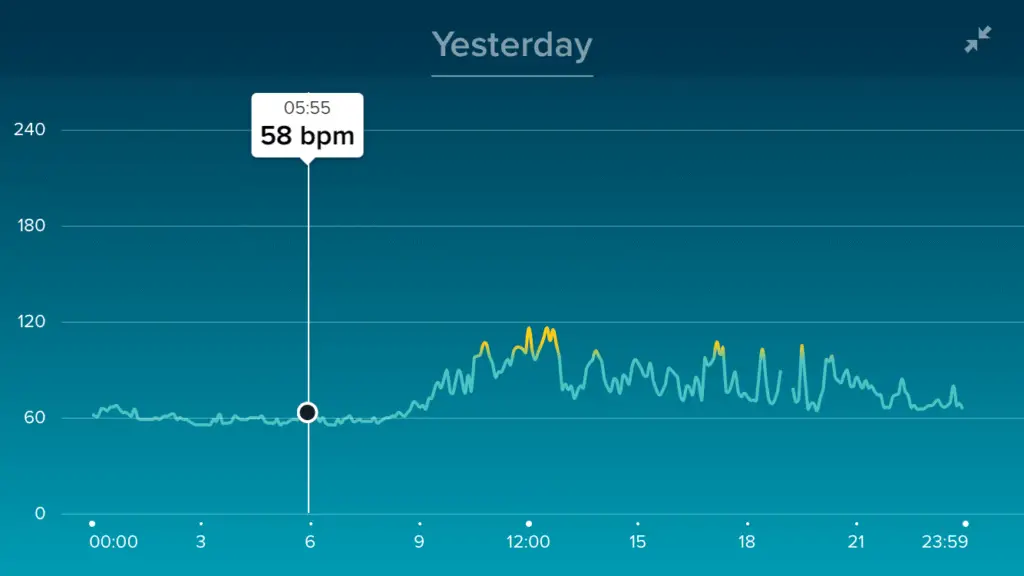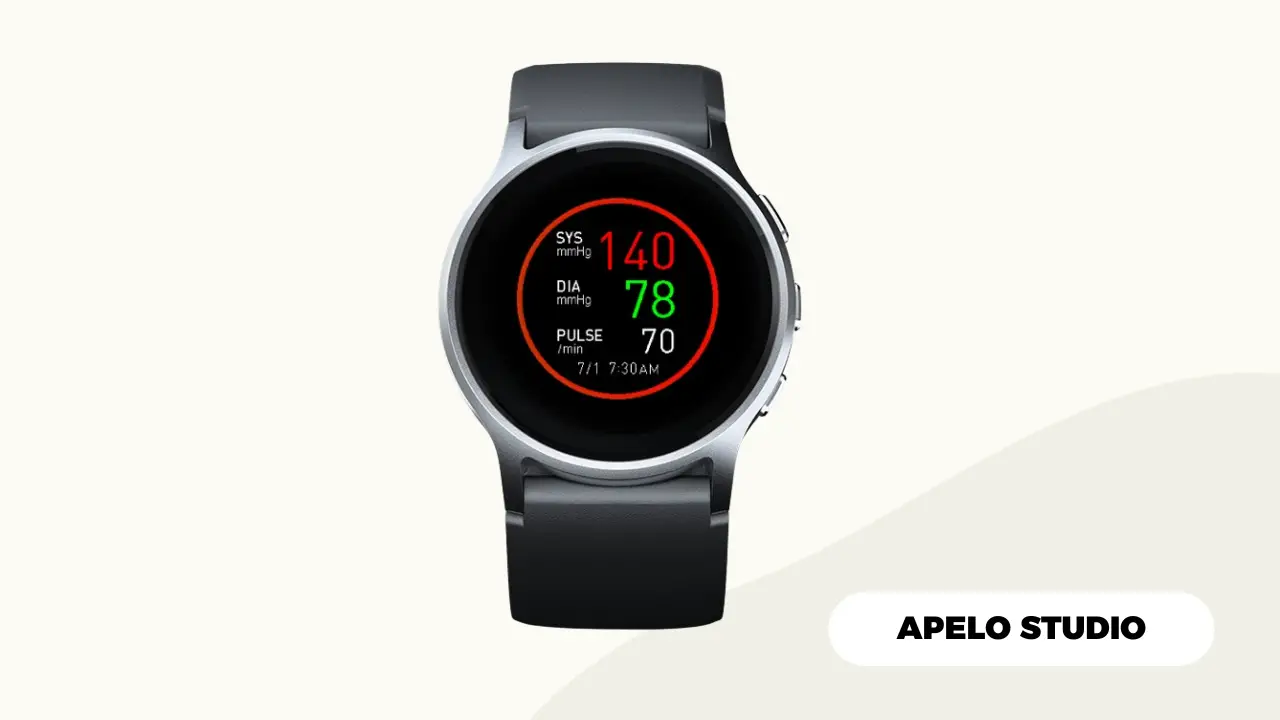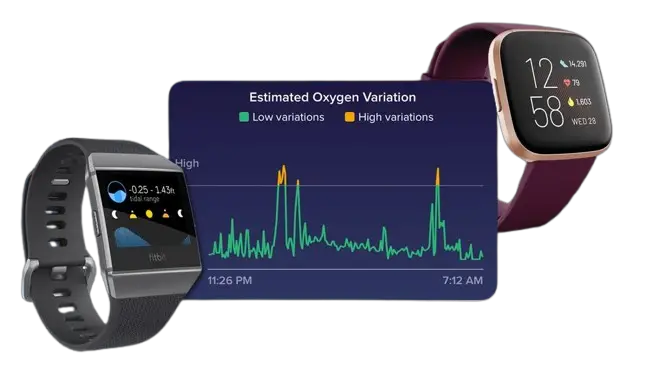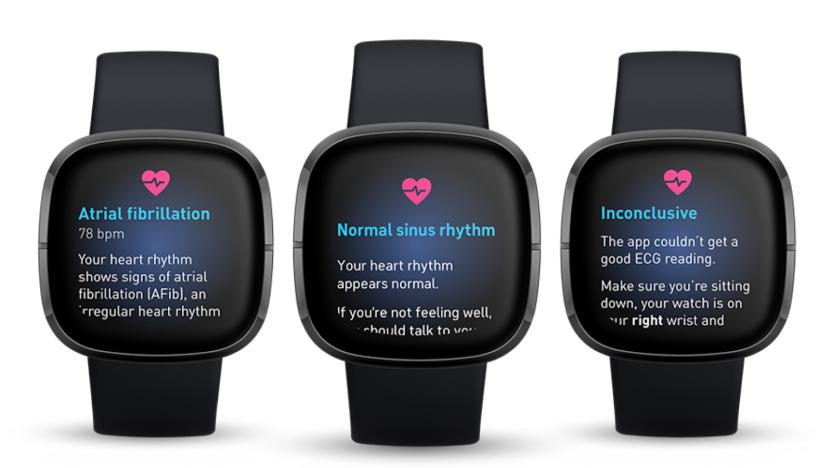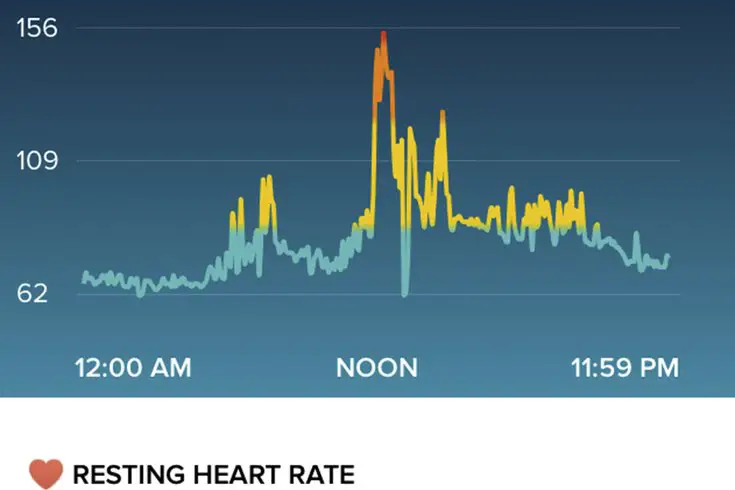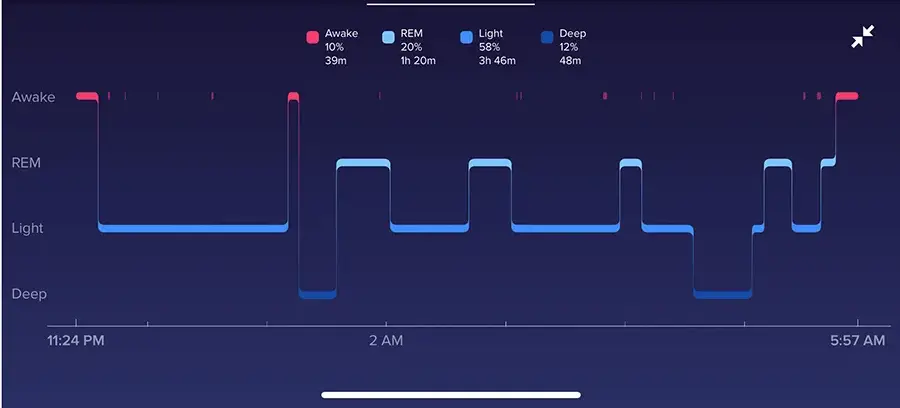Fitbit smartwatches and fitness trackers can’t monitor blood pressure at this time.
These wearable devices have pulse oximeter (SpO2) sensors that estimate the levels and range of blood oxygen saturation, ECG for irregular heart rhythm detection, heart rate sensor, and built-in sleep tracker. However, they don’t have inflatable cuffs that are responsible for tracking the force of blood on the walls of your arteries.
Fitbit filed a patent for a new blood pressure technology in February 2023, according to “The Verge”. But it’s unclear if the feature is likely to appear in a Fitbit, especially since Google focuses more on the Pixel Watch series.
While the inclusion of an inflatable cuff in a Fitbit wearable device would be a step forward in the right direction, the technology is expensive and difficult to perfect.
What is Blood Pressure and Why Should You Monitor It?
According to “Healthline”, blood pressure is a measure of force your heart exerts on the walls of your arteries as it pumps blood around your body.
A doctor measures blood pressure in millimeters of mercury (mm Hg) denoted by two unique numbers, systolic and diastolic.
- Systolic (top) is the measure of your blood pressure on the walls of your arteries as your heart beats.
- Diastolic (bottom) is the measure of the blood pressure when your heart is at rest between beats.
Monitoring your blood pressure is important because it helps with early detection of high blood pressure (hypertension). Moreover, regular monitoring allows you to make proactive and realistic lifestyle changes to maintain healthy blood pressure levels.
How Do Physicians Measure Blood Pressure?
Physicians use a sphygmomanometer to determine the rate at which your heart pumps blood.
The sphygmomanometer has an inflatable cuff, an inflation mechanism, and a measuring unit. The cuff wraps around your upper arm, inflates, and then deflates at a slower pace.
During this time, the measuring unit, which is usually mercury, monitors your blood pressure in a controlled way, and the physician uses a stethoscope to take the readings.
Some doctors use electronic monitors to measure blood pressure. In this case, the cuff inflates automatically and the electronic monitor displays blood pressure reading after a complete cuff deflation.
So Why Can’t Fitbit Detect Blood Pressure?
At this time, Fitbit can’t detect blood pressure because it doesn’t have an inflatable cuff, an inflation mechanism, and a measuring unit to take systolic and diastolic readings and log (add) the results in the Fitbit app.
Besides, the blood pressure technology is expensive to develop, difficult to perfect, and not as easy to implement on smartwatches and fitness trackers.
Fitbit Might Estimate Blood Pressure in Future
Fitbit did a study to determine whether the Sense series can use Pulse Arrival Time (PAT) to detect blood pressure.
Although Fitbit found a correlation between Pulse Arrival Time and blood pressure, the company limited the study only to as small data set in a three-week interval according to the patent filed in February 2023.
Now Fitbit is allegedly in the process of developing a system that will use Pulse Arrival Time and sensors to measure blood pressure. The system, if fully developed, will use force and PPG sensors pressed against a user’s finger to take accurate blood pressure readings.
By using Pulse Arrival Time to determine how long it takes blood to reach your wrist after every heartbeat without having to measure it directly, Fitbit hopes it can give users comprehensive insights into their cardiovascular health.
Is There a Smartwatch That Measures Blood Pressure?
You can use HeartGuide by Omron to take blood pressure reading on your wrist.
HeartGuide combine the form of a smartwatch with the functionality of clinically validated blood pressure monitor, making it one of the groundbreaking wearable devices.
The table below is a breakdown of the Omron HeartGuide specifications:
| Feature | Details |
| Device Type | ✅ Wearable Blood Pressure Monitor (Smartwatch Form Factor) |
| Measurement Method | ✅ Oscillometric (Inflatable Cuff within Watch Band) |
| Blood Pressure Accuracy | ✅ Clinically Validated, FDA-Cleared |
| Heart Rate Monitoring | ✅ Yes |
| Irregular Heartbeat Detection | ✅ Yes |
| Body Movement Detection | ✅ Yes |
| Memory Capacity | ✅ Stores up to 100 Readings |
| Cuff Size | ⚠ Medium (Fits Wrists 160 – 190 mm) |
| Display | ✅ High-Color Transflective, Backlit Display |
| Dimensions | 48 x 48 x 14 mm |
| Weight | ⚠ 115 grams (heavier than most smartwatches) |
| Battery Type | ✅ Lithium-Polymer 164 mAh |
| Battery Life | ✅ Typically 2 – 3 Days Between Charge Cycles (Varies with Usage) |
| Charging Method | ✅ Charging Clip with AC Adapter |
| Connectivity | ✅ Bluetooth; Syncs with Omron Connect App |
| Mobile App Compatibility | ✅ Omron Connect (Available on iOS and Android) |
| Activity Tracking | ✅ Steps, Distance, Calories Burned |
| Sleep Monitoring | ✅ Yes |
| Water Resistance | ⚠ Splash-Resistant (Not Suitable for Swimming or Showering) |
| Strap Width | ⚠ 30 mm; Non-Replaceable |
| Availability | ⚠ Limited; Medium Size Only; Check Retailers |
At its hardware level, HeartGuide features a manually activated inflatable cuff that measures measure of force your heart exerts on the walls of your arteries. Then, the watch synchronizes with the Omron Connect app on Android or iOS.
Omron Connect uses color-corded graph to store your readings and it present you with significant trends based on factors such as time of the day and workout intensity.
Accuracy is the major issue with HeartGuide. According to “Consumer Reports”, HeartGuide received the lowest rating for accuracy in testing.
However, Carol Rae Lucarelli, Omron Healthcare’s director of marketing and e-commerce, attributes inaccurate and unreliable results to improper fitting. Therefore, buying the correct size and fitting the smartwatch properly is necessary for accuracy.
How Can Fitbit Help Me Improve My Heart’s Health?
Fitbit has four major features that can help you keep your heart health in check: SpO2 monitor, ECG app, heart rate monitor, and sleep tracker.
SpO2 Monitor
SpO2 is a measure of your blood oxygen saturation levels during exercise and sleep. According to Fitbit, your blood oxygen saturation levels should be between 95 to 100%, an indication that your blood has as much oxygen as it should.
Fitbit uses red and infrared sensors to monitor SpO2. These sensors shine light into your blood vessels and read the light colors and levels that your blood vessels bounce back. Your Fitbit then provides an estimate of your oxygen levels based on the colors readings.
ECG App
The Fitbit ECG app is an important feature that analyzes your heart’s rhythm while you’re sleeping or resting.
By measuring your heart’s electrical signals, the ECG app can easily detect sigs of AFib and provide you with helpful information that you can share with your healthcare provider.
Heart Rate Monitor
Fitbit devices are good for heart rate tracking. The heart rate data that you get from the smartwatch or fitness tracker is important because it gives you significant insights into your overall health, fitness, and emotional well-being.
If you have a Fitbit that tracks heart rate, you can use it to understand your cardiovascular health, optimize workout intensity, see how much calories you burn, and detect if your heart rate is too high or too low when you’re at rest.
Moreover, Fitbit uses heart rate data to help you track recovery, manage stress, and analyze your sleep stages.
Sleep Tracker
Sleep is equally important for improving your heart’s health, and, therefore, it’s important to ensure you’re getting enough of it every day.
By using Fitbit for sleep tracking, you’re able to get comprehensive insights into the quality of your sleep based on sleep stages, sleep score, and a holistic sleep analysis based on at least two weeks of data.
Fitbit even uses your sleep data, heart rate variability, and recent activities to give you a Daily Readiness Score, so you know if you should focus on rest or go for workout.

